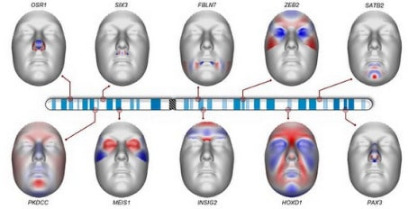A human examiner face matching test, (GFMT2) used to select staff for police and government roles has been updated for the first time in a decade to include more challenging face identification tasks.
Developed by researchers at the University of York (UK) and the University of New South Wales (AU), the purpose of the psychometric (rather than biometric) test is to capture the whole range of human face-matching ability, for use around the world including Australia, New Zealand, UK and Canada.
Manual facial comparisons are still the most-used method of verifying the identity of people crossing borders, for instance, and U.S. airport biometric programs include a manual review process for citizens who opt out of biometric checks. Researchers also found, back in 2018, that a combination of automated biometric and human examiners scores the most accurate match-rate.
The new GFM2 test includes variation in head angle, pose, expression and subject-to-camera distance, and is more difficult, and more representative of challenges in everyday face identification tasks.
“Being able to recognize faces of friends and family is a skill that most of us take for granted. But comparing images of unfamiliar faces and deciding if they show the same person is a task that most of our participants find challenging, even passport officers with many years experience in the task,” comments Dr. David White, from UNSW Sydney. Identifying people who are good at matching facial photos is particularly important with the increase in use of facial recognition, White says.
“This technology shows close matches to a suspect on a screen, and so human error at that stage can have serious implications.”
Errors by facial recognition systems like those used in some remote examination proctoring solutions have highlighted the need for, and sometimes inadequate supply of human reviewers.
The GFMT2 short-form tests contain no repeated identities, “thereby removing any confounding effects of familiarity that may have been present in the original test,” according to the academic publication.
All GFM tests are available free for scientific use [www.gfmt2.org].
Article: Police, border guards’ face-matching test updated for first time in a decade
